Fractions Class 6 Worksheet Maths Chapter 7
Q.1. Write the fraction representing the shaded portion.
(i) 
(ii)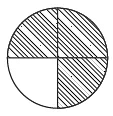
Q.2. Colour the part according to the given fraction :
(i)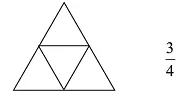
(ii)
Q.3. Which of the following represent  ?
?
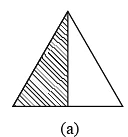
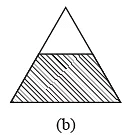
(i) Only figure (a)
(ii) Only figure (b)
(iii) Both figures (a) and (b)
(iv) Neither figure (a) nor figure (b)
Q.4. Write natural numbers from 1 to 15 :________________________
(i) What fraction of them are prime numbers?
(ii) What fraction of them are composite numbers?
Q.5. Identify the following fractions :
(i) 6 hours of a day.
(ii) 750 gms of a kilogram.
Q.6. Fill the following boxes with <, > or =
(i)
(ii) 
(iii) 
Q.7. Put the following set of fractions in descending order :
(i) 
(ii) 
Q.8. Represent  on the number line.
on the number line.
Q.9. Rita has a pizza with 8 slices. She ate 3 pieces out of it. Sita eats  of the same pizza. Who eats more and by how much?
of the same pizza. Who eats more and by how much?
Q.10. Is it true or false for the following? If not fill it with correct options (<, > or =)
(i) 
(ii) 
(iii) 
(iv) 
Q.11. Find the equivalent fraction of  with
with
(i) Numerator 27
(ii) Denominator 25
Q.12. Reduce to the simplest form :
(i) 
(ii) 
(iii) 
Q.13. Match the following :
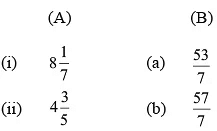

Q.14. Complete the addition subtraction box.
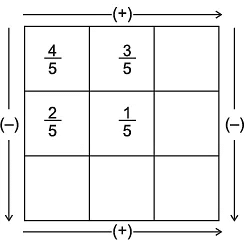
Q.15. Fill in the boxes :
(i)
(ii)
(iii) 
You can access the solutions to this worksheet here.
FAQs on Fractions Class 6 Worksheet Maths Chapter 7
| 1. What are fractions and how are they represented? |  |
| 2. How do you add and subtract fractions? |  |
| 3. How do you multiply and divide fractions? |  |
| 4. What is the difference between proper, improper, and mixed fractions? |  |
| 5. How can I simplify fractions? |  |

















